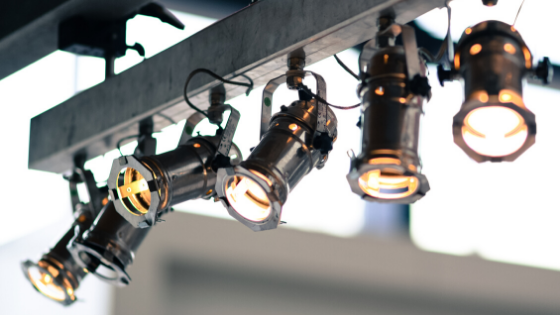
Did you have ideal lighting in your workplace? Have you ever felt that when it’s sunny outside, sitting in an office with artificial lighting all day is bound to make you feel miserable? According to a research report, working without natural light can also be detrimental to your productivity, health, and overall well-being. Lousy lighting is associated with a range of ill-health effects, such as eye strain, headaches, fatigue, stress, and anxiety (Dr. Pragya Agarwal, 2018). Unfortunately, poor lighting often gets overlooked in the workplace.
The office environment you spend 40 or 50 hours per week has a substantial impact on your mental health. Those who spend their time in offices with exposure to natural light got an incredible 173 per cent more white light exposure in the workplace and slept 46 minutes more per night on average. According to a 2013 study, “there is a strong relationship between office daylight exposure and office workers’ sleep activity and quality of life.” (Jenna Cyprus, 2018).
The benefits of ideal lighting in the workplace are:
- Prevent the risk of occupational accidents and health problems
- Better concentration and accuracy in work
- Make the office environment comfortable for work
- Improve work performance
- Better visibility, improve efficiency and increase work speed-enhancing production
Comfortable lighting was one of the most highly rated wellness factors. The quality of lighting in the workplace allows workers to concentrate better on their work and completed works with fewer mistakes, which can lead to a 10-50 per cent increase in productivity. Proper lighting can decrease errors by 30-60 per cent as well as lessen eyestrain and headaches, nausea, and neck pain.
If your office does not have windows that can brighten up your working areas, studies say that providing artificial light in the right brightness and colour can give your employees that much-needed boost. Monday blues may be caused by bad lighting. Thus, if you have a bad mood in your workplace, try changing the lights. Daylight colours, like white and blue-white, give the same feeling of being in sunlight and the benefits of it.
Occupational Safety and Health Administration (OSHA) outlines potential hazards that could be caused by the lighting around your computer. One example is a washout that happens when bright lights around your screen make it difficult to see or read. Another example is glare, a computer screen reflecting light into its user’s eyes. Task lighting should have an adjustable positioning so that any potential glare or contrast can be easily fixed as needed.
